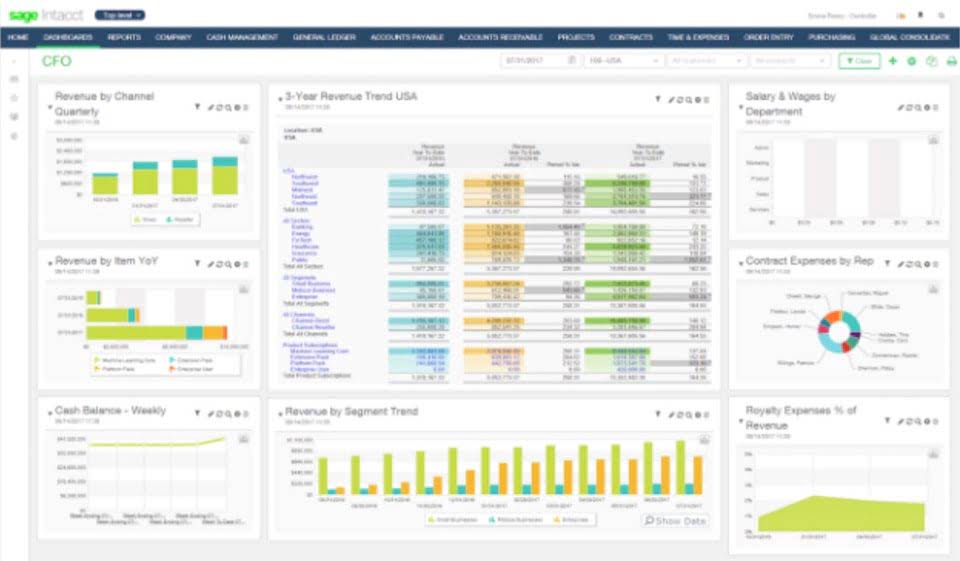
This allows businesses to identify bottlenecks and areas for improvement, ultimately leading to a more streamlined and profitable operation. Effective inventory management is critical for streamlining the operating cycle. Businesses must strike a balance between having enough inventory to meet demand and avoiding excess stock that ties up valuable resources. Although the operating cycle formula is straightforward, diving deeper into the calculations that lead to the DIO and the DSO can lead to deeper insights. Although you must understand how to calculate the operating cycle if you want to compare yourself to your competitors, it is also important to understand what it really means for your business.
The operating cycle of a business
- The unadjusted trial balance is a trial balance where the accounts have not yet been adjusted.
- Seamless connection between each phase for a continuous and well-coordinated cycle.
- By the end of the cycle, that material has been successfully converted into the end product and sold, with the cash received in full.
- Figuring out and establishing payroll processes may seem challenging at first.
- Effective integration between accounting and inventory management software ensures seamless data flow and allows you to make informed decisions to optimize your operating cycle.
- But keep in mind that periodically reviewing your off-cycle payroll process is essential — it will help you identify patterns and areas for improvement.
An adjusted trial balance reports account balances after adjusting entries have been recorded and posted. Where DIO and DSO stand for days inventories outstanding and days sales outstanding, respectively. Days inventories outstanding equals the average number of days in which a company sells its inventory. Days sales outstanding, on the other hand, is the average time period in which receivables pay cash. A related concept is that of net operating cycle which is also called the cash conversion cycle.
Accounts Receivable Management

The operating cycle formula is a great addition to insights you may want to analyze for your business frequently. This can keep you updated on the efficiency of your inventory process, which provides insights time and again to help you reduce wastage and improve your overall processes. A shorter cycle indicates quick conversion of inventory into sales and then into cash, suggesting operational efficiency and strong liquidity. A longer cycle might indicate inefficiency in inventory management or difficulty in collecting receivables. Speaking of a long operating cycle, it suggests that the company is taking too long to sell its inventory and collect cash from customers.

How do you calculate the operating cycle?
- Such a company can improve its cycle either by implementing measures to quickly sell off its inventory or reduce the time needed to collect receivables.
- In Chapters 1 and 2, the preparation of financial statements was demonstrated using BDCC’s unadjusted trial balance.
- Effective its management contributes to the overall viability and sustainability of a business.
- Now that you have a solid understanding of the operating cycle and how to calculate it, let’s explore practical strategies that can help you optimize and enhance the efficiency of your operating cycle.
- Through proactive management of cash flow, inventory levels, and customer relationships, organizations can build resilience and agility, positioning themselves for sustained growth and profitability.
If keeping tabs on inventory feels like chasing your own tail or operating cycle formula if sales aren’t turning into real money in your pocket quick enough, you’re not alone. There are a few reasons why calculating this formula can benefit your business. If you navigate the world of business and finance, you’re likely to encounter terms and concepts that may seem daunting at first.


Considered from a larger perspective, the operating cycle affects the financial health of a company by giving them an idea of how much its operations will cost, as well as how quickly it can pay its debts. Your off-cycle payroll process will feel less familiar than your regular payroll process by default. But it’s an essential component of modern compensation management, especially as employee satisfaction becomes a cornerstone of HR assets = liabilities + equity success and organizational performance. In Chapters 1 and 2, the preparation of financial statements was demonstrated using BDCC’s unadjusted trial balance. We now know that an adjusted trial balance must be used to prepare financial statements.
Companies use these materials to manufacture products or provide services to customers. Efficiency in this stage is paramount, as it directly impacts the overall operating cycle. In today’s competitive job market, both job seekers and employers face numerous challenges. Job seekers often struggle to find the right opportunities that align with their skills and interests, while employers are constantly seeking ways to streamline their operations and improve efficiency. One crucial aspect of business operations that can impact both job seekers and employers law firm chart of accounts is the concept of an operating cycle. Every industry works differently, which means that the length of this operating cycle can vary from one niche to another.
Formula

Yes, a company can influence its operating cycle through effective management of inventory, efficient collection of receivables, and leveraging credit terms with suppliers. On the other hand, if a company has the longest cycle, it means that it takes a long time to convert its inventory purchases into cash. Such a company can improve its cycle either by implementing measures to quickly sell off its inventory or reduce the time needed to collect receivables. A low DSO suggests that your accounts receivable process is efficient, and customers are paying their invoices promptly. This helps maintain a steady cash flow, reduces the risk of bad debts, and ensures you have funds available for immediate use or investment. A company with an extremely short operating cycle requires less cash to maintain its operations, and so can still grow while selling at relatively small margins.
If a company is able to keep a short operating cycle, its cash flow will consistent and the company won’t have problems paying current liabilities. Efficient operating cycles play a crucial role in the success and sustainability of businesses across various industries. By understanding the impact of optimizing the operating cycle, companies can enhance their financial health, streamline operations, and ultimately improve their bottom line. By implementing these strategies, businesses can enhance their operating cycles, increase efficiency, and strengthen financial health. It is essential for organizations to adapt to changing market dynamics and continuously optimize their operations to stay competitive and resilient in today’s challenging business environment.

